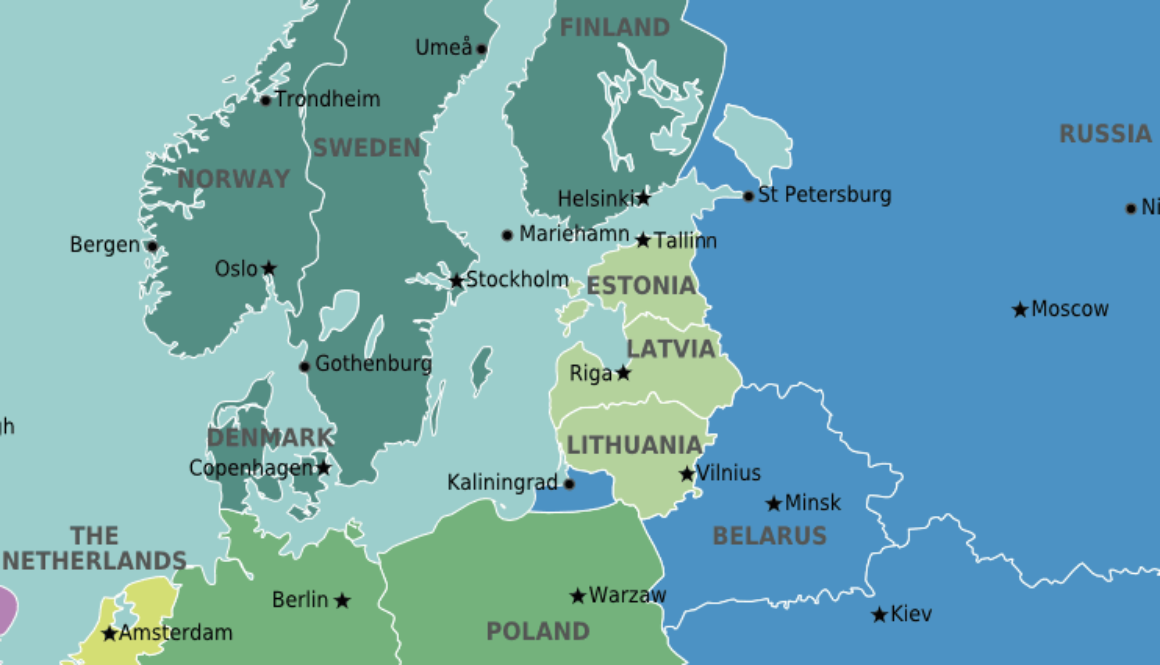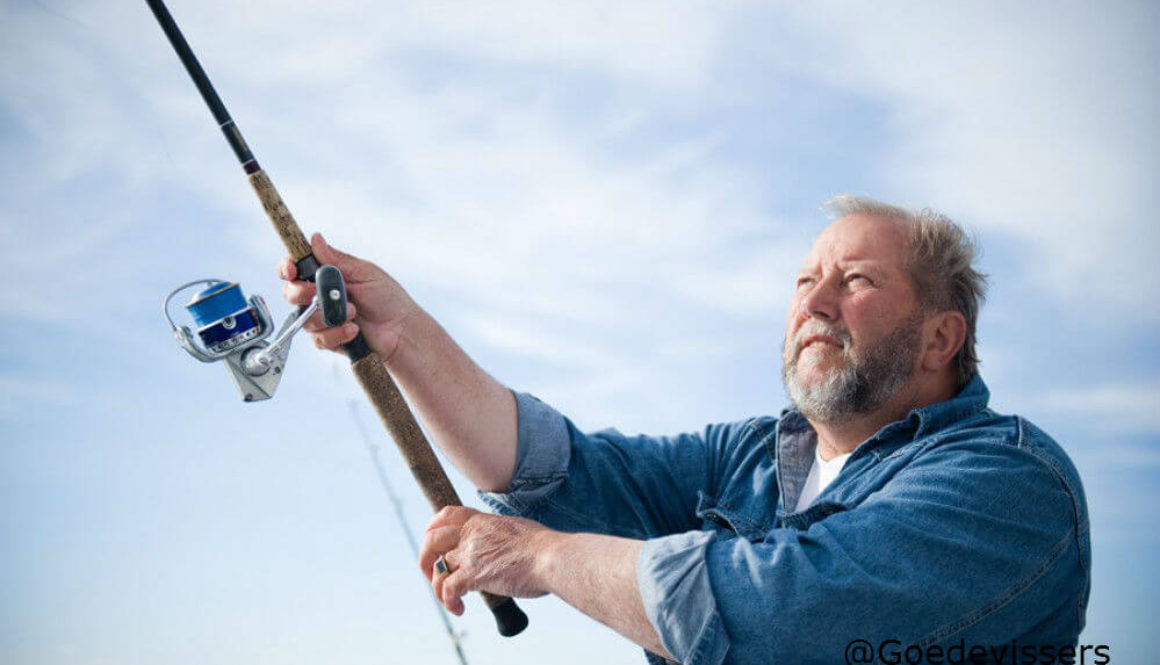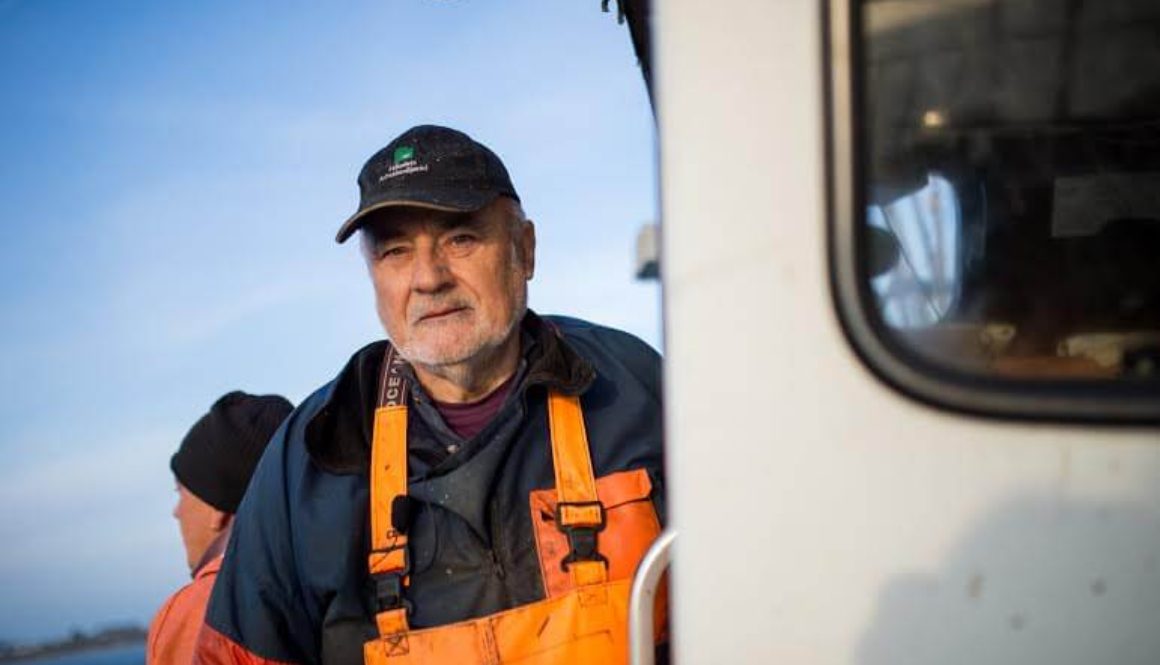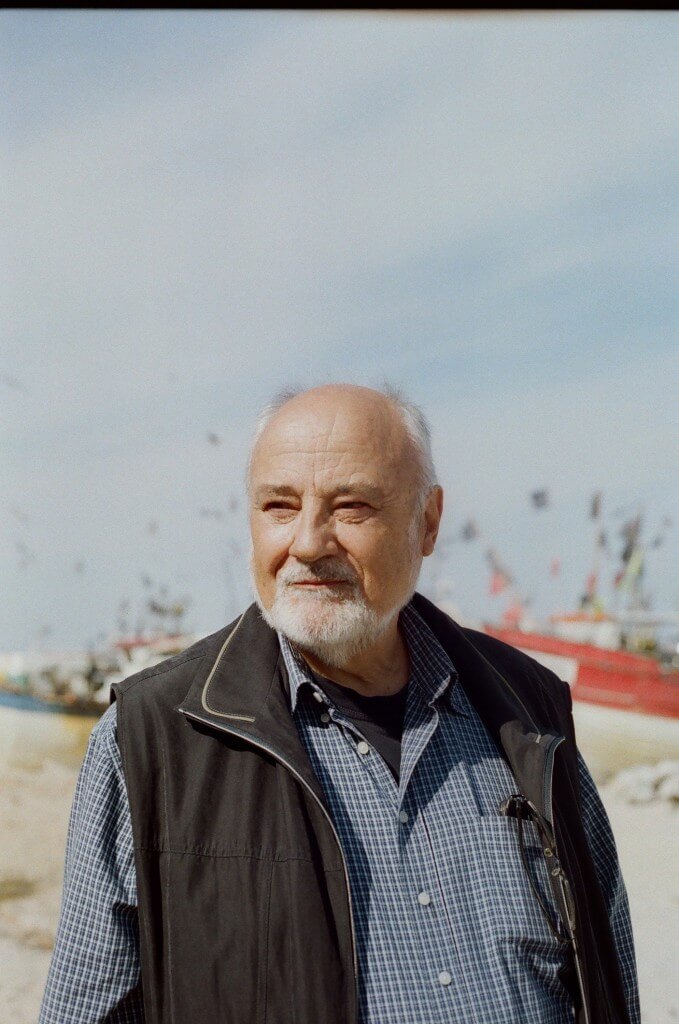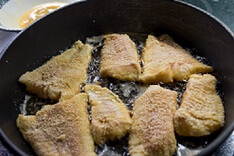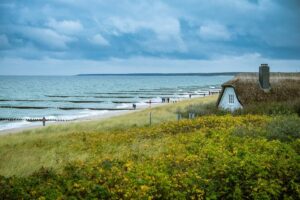
A Glimmer of Hope for Baltic Cod, overshadowed by discards and food scarcity in the East
Ribolovne mogućnosti u Baltičkom moru za 2018.: LIFE stavovi
Warsaw, 10 July 2017
Marcin Ruciński
As every year, the prospects for LIFE’s members, and the fate of the resources they depend on, hang on the discussions, negotiations, and decisions on setting catch levels and accompanying measures for Baltic fisheries in 2018. Our position, based on numerous discussions with our Members, is outlined below, a position that is also briefly reflected in the relevant BSAC Recommendation[1]. For the sake of sustaining both small scale fishing livelihoods in the Baltic and the resources they depend on, we very much hope to be heard and heeded by decision-makers.
- Western Baltic cod: building on hope and luck, use the opportunities carefully!
Precaution is of paramount importance for any fisheries management. Too much optimism on Western cod, notable in decisions taken until 2015, has led us to the brink of stock collapse last year. This year, we were lucky with a very strong year class of 2016, which allows us to look at the future of this stock, so immensely important to many small-scale fishing communities, with a glimmer of hope.
A glimmer of hope, however, must not be answered by recklessness. So, no tampering please with the management measures that have enabled the recovery we are now starting to observe. This goes particularly for the extended spawning protection, which LIFE advocated as top priority last year. The closed season enacted last year must not change. Any relaxation here, let alone its abolishment, would be premature and risky for the fragile stock recovery, based as it is on just one year class. It may well be that prolonging the spawning closure in question, enacted back in 2015, allowed for the successful 2016 spawning.
The newly recruited cod need additional protection from being prematurely caught and discarded in trawl fisheries. As the results of EFCA campaigns[2] show, this risk is terribly real with trawls currently in use and industry practices at sea. Therefore, LIFE lends its careful and conditional support for the repeated BSAC calls to promote the use of innovative mobile gears. The condition of our support is simple: there must be strong “checks and balances” by the authorities, at both national and EU level, ensuring that: a) new gears have been proven more selective than the currently used ones in a transparent scientific peer-review process, and b) intensive at-sea inspection campaigns are undertaken to weed out and deter from any practices nullifying selectivity.
On the TAC level, at LIFE we trust in the wisdom of decision-makers, as last year. We hope they will be mindful of the heavy TAC cut last year, swallowed with big difficulty by small-scale, low impact fleets. Many of us were forced to switch to fishing flatfishes for part of the season, with rather poor economic results. We note that ICES advice allows for a moderate TAC increase (around +9%), in full compliance with the multiannual plan. The real levels of discards in trawls observed by EFCA make case for the use of Article 17 of CFP Basic Regulation even stronger. We therefore very much hope that any increase will predominantly benefit those who behave responsibly and whose activities have the lowest possible impact on the resources.
- Eastern Baltic cod: curb illegal discarding and think of the food chain!
At first glance, ICES advice for the stock does not differ very substantially from that of last year. The difference in advised level of catches is about 3%. There are two particularly worrying signs though: the decline in stock size indicator and the level of discards, which ICES considers to be much higher than officially reported. This is confirmed by what our Members observe, and the situation seems to be even worse than last year in certain areas. It is therefore of paramount importance that the illegal cod discarding problem in the Eastern Baltic is urgently addressed – both by introducing innovative, more selective towed gears peer-reviewed by scientists i stepped-up at-sea inspections to weed out and deter any practices from nullifying selectivity.
It is equally important to analyze and fully respect the ICES advice, which points to the important role played by large-scale pelagic fisheries in current cod condition, characterized by food deprivation. ICES confirm the view already expressed by LIFE last year[3] that there is excessive effort on forage fish, which makes their long-standing call for a spatial management plan for large pelagic fisheries in subdivisions 25-26 stronger than ever.
Managers must no longer ignore this call. The arguments presented by large pelagic fleet representatives simply won’t wash: modern pelagic trawlers of 25 meters length and (much) more are perfectly able to steam north of Subdivisions 25-26 to reap the benefits of strong pelagic species’ concentrations. ICES confirm that it would also be beneficial for the pelagic stocks there if they did.
As to the TAC level, we hope the managers will take on board that 3 years of consecutive TAC reductions have not relieved the woes of Eastern cod. Please don’t make the small-scale, low impact fishers of the Baltic Sea pay the heavy price for a difficult stock situation that is not of their making.
♦ ♦ ♦
[1] http://www.bsac.dk/BSAC-Resources/BSAC-Statements-and-recommendations/BSAC-recommendations-for-the-fishery-2018
[2] See slides 8-9 of presentation by EFCA Executive Director, Pascal Savouret, available here http://www.bsac.dk/getattachment/Meetings/BSAC-meetings/BALTFISH-BSAC-EFCA-Workshop-on-implementation-of-t/FromEFCA-BSAC-EFCA-BALTFISH-presentation-9-March-2017.pdf.aspx?lang=en-GB
[3]See LIFE comments on 2017 Fishing Opportunities https://lifeplatform.eu/baltic-stocks-comments-highlights/
